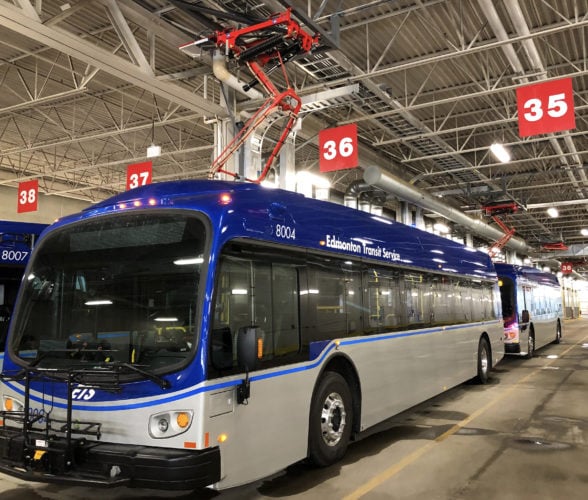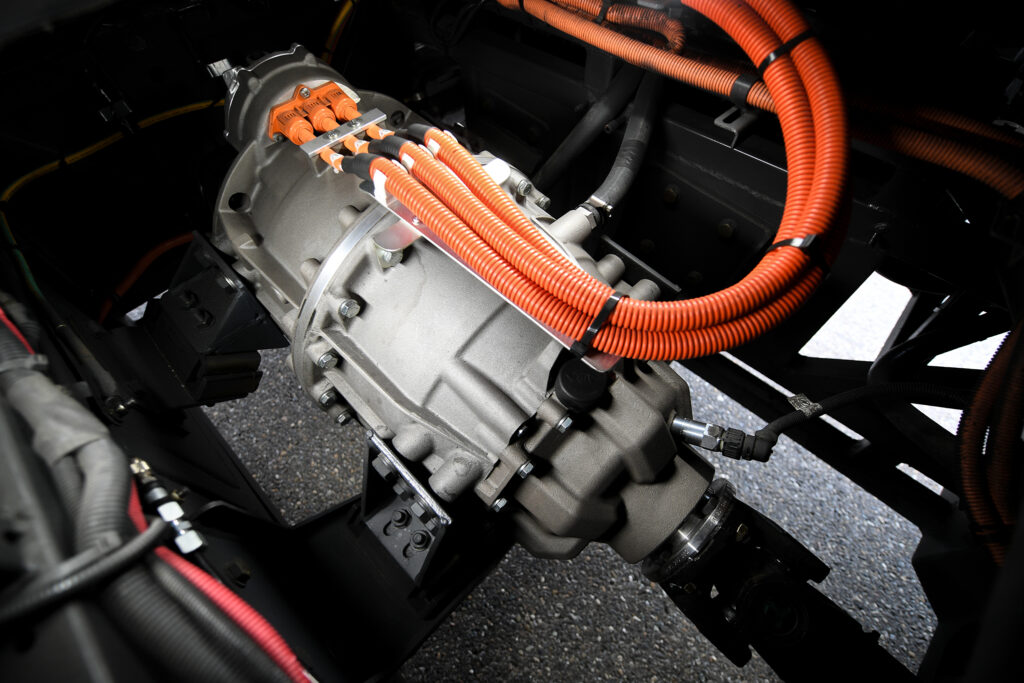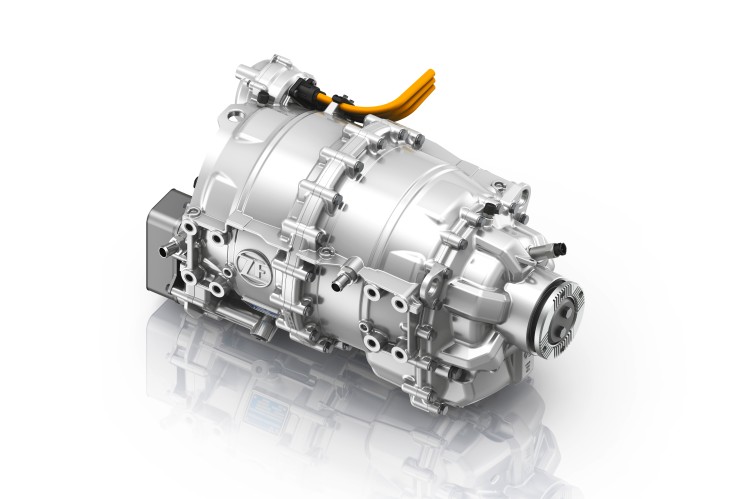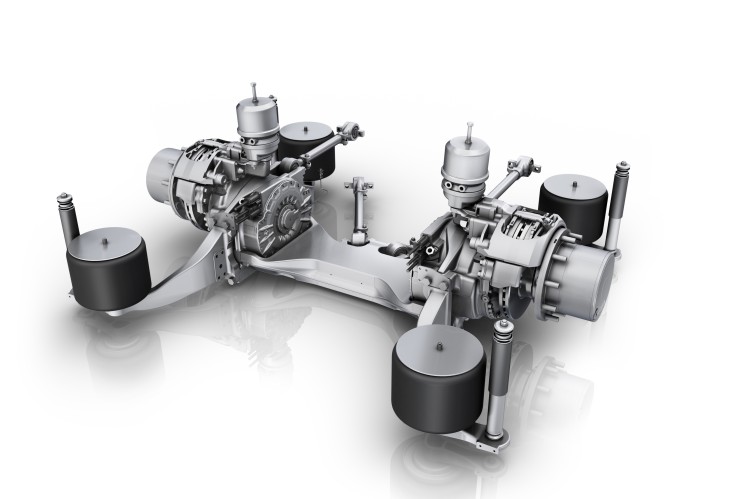Electric buses paving the way to cleaner cities
- PostedPublished 10 September 2020

Growing global electric bus fleet aided by tech, manufacturers and infrastructure
Cast your eye over a car manufacturer’s website and you’ll no doubt see myriad environmentally friendly offerings.
All-electric variants, hybrid models and even the odd hydrogen-powered derivative are growing in number as the industry strives to cut emissions, meet government targets and avoid penalties.
Transport accounts for some 20 per cent of Australasia’s total CO2 emissions, after all, so cleaner cars will be a necessity in order to quell and reduce greenhouse gas output.
Cars are only one element of this equation and other alternatively powered and more efficient vehicles are starting to be phased in elsewhere – with the aim of reducing emissions and cleaning up the air, particularly in urban areas where congestion exacerbates environmental issues.
As a case in point, the Public Transport Authority (PTA) of Western Australia has just agreed to take on four all-electric buses.
The chassis and driveline will be provided by Volvo, using established all-electric technology currently in use in Europe, while the 11.7-metre-long bodies will be built and designed locally by Volgren Australia.
“Trialling new, green technology is a great use of our public transport network, which is already one of the most environmentally friendly ways to get around Perth,” said Western Australian transport minister Rita Saffioti.
“This is the first time we have trialled electric buses on a Central Area Transit (CAT) route and I’m excited to see what commuters think.”

Volgren, which is based in Melbourne, has been building buses since 1979 – and it will use its expertise to deliver an all-electric bus that is suited to Australia’s more challenging climate.
Attention will also be paid to the implementation of the electric buses, which form part of a 900-bus agreement between Volvo and WA public transport service Transperth.
“This project is about much more than the buses,” said David Mead, vice president of Volvo Buses Asia Pacific.
“We have worked with the PTA on a number of areas including simulating the routes to create our charging strategy, charging infrastructure, understanding capital works needs in the depot, training of staff, safety elements, certification and standards compliance.”
The first buses are not due to be handed over until later next year, ahead of full commercialisation for the Australian market in 2022.
However, the project is also being used to create a “scalable, end-to-end” implementation plan – which could subsequently allow for other operators to quickly and easily roll out zero-emissions buses.
Even smaller cities are moving towards electromobility; Jönköping, in Sweden, has population of some 94,000 compared to Perth’s two million – but it is adopting 49 Volvo electric buses as part of its plans to electrify its public transport system by 2021.
Large electric bus fleets are already in operation in other countries and are effectively demonstrating what is possible.
In Canada, for example, Edmonton Transit Services (ETS) has adopted 21 clean and quiet electric buses that have a real-world route range of 350km – and another 19 are on their way.
The 12.2-metre-long Catalyst E2 buses, built by American heavy-duty electric vehicle specialists Proterra, feature six battery packs that grant a total storage capacity of 660kWh.

Two electric drive motors produce 375kW and propel the bus from 0-20mph in under six seconds, while both the performance and design are reputed to be capable of handling Edmonton’s winter climate.
ETS has established a bespoke charging facility, which features 150kW depot chargers connected to inverted pantographs – allowing for quick and effortless drive-in, in-depot charging.
Management systems are also employed to avoid excessive power draw and optimise charging times, which in turn will help ETS reduce its operating costs.
“This is one of the most impressive end-to-end deployments of battery-electric transit buses we’ve seen in North America,” said Proterra CEO Jack Allen.
“The ETS deployment showcases how to successfully implement an electric bus fleet and charging infrastructure for current fleet needs, as well as plan for expansion in the near future.”
Proterra technology is also making its way to Australia, as Bustech – a manufacturer based in Queensland – will be using the company’s battery system.
It will be used in the Bustech all-electric ZDi transit bus and, thanks in part to 450kWh of energy capacity, should provide a range of 325km.
Thinus Steyn, the CEO of Bustech, said: “We have upskilled the group over the last six months with the capacity and capability to bring the ZDi Proterra Powered electric vehicle to market in early 2021 and have a significant number of orders in the pipeline which we have been working on in advance of the announcement of our partnership.”
ZF launches plug-and-play electric bus powertrain retrofit
German driveline and technology specialist ZF has launched a new plug-and-play electric bus powertrain called CeTrax.
The system, which was previewed in 2017, can be used to replace internal combustion engines in vehicles with conventional powertrain layouts.

It can also be powered by battery, trolley, fuel cell or super capacitor sources, so it can be used to update an array of existing electric vehicles.
This increased flexibility will allow fleet operators and manufacturers to affordably respond to rapidly changing market requirements and regulations.

CeTrax, production of which begins soon, puts out a maximum of 300kW and up to 4500Nm of torque – and is supplied with an inverter and control unit, allowing for quick and easy integration into a vehicle.
Dr. Andreas Grossl, responsible for axle and transmission systems for buses and coaches at ZF, said: “CeTrax is another building block on the way to emission-free public transport, which ZF supports to best of its ability.”

- CategoriesIn SightGlass
- Tagselectric bus, electric vehicles, EV, SightGlass News Issue 21

